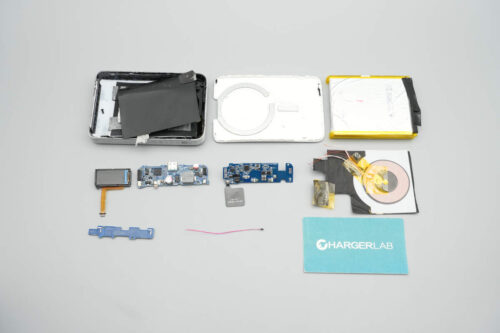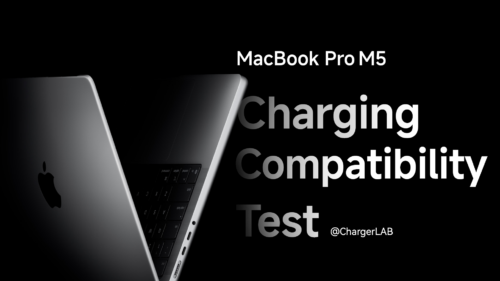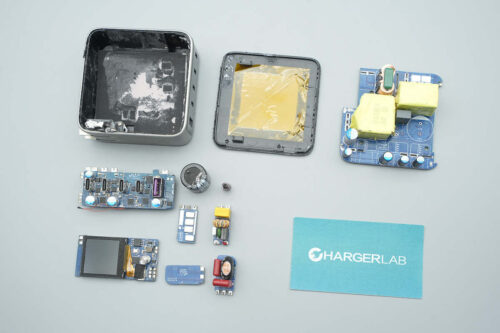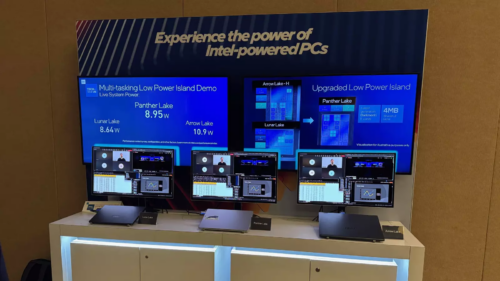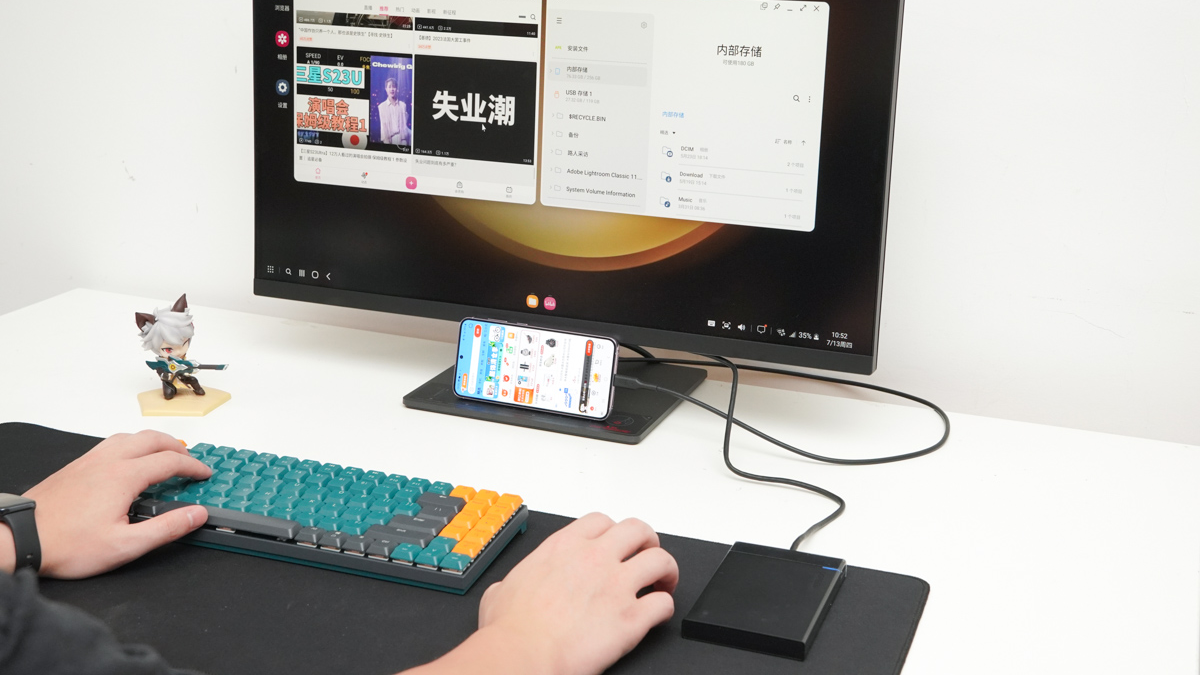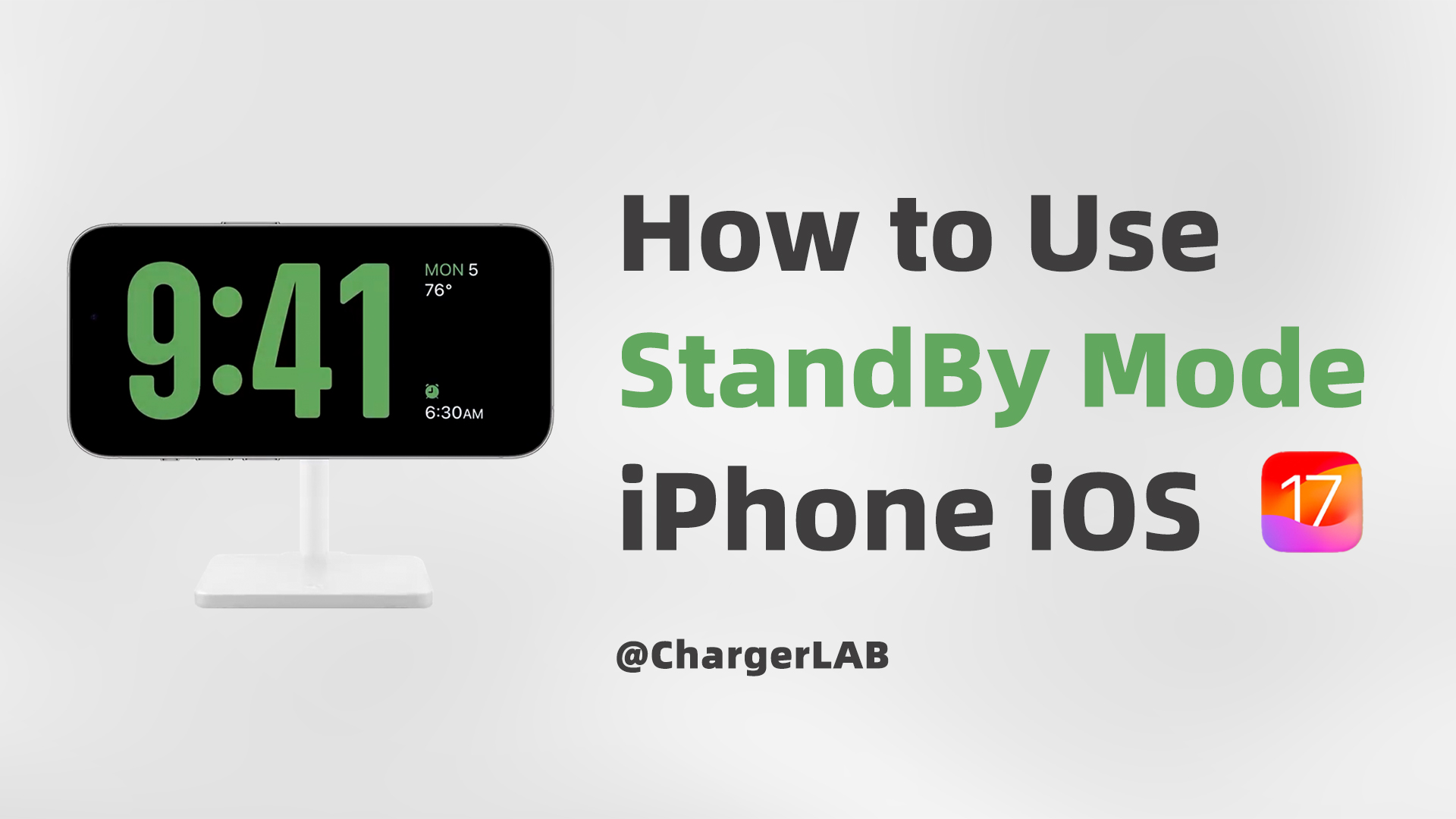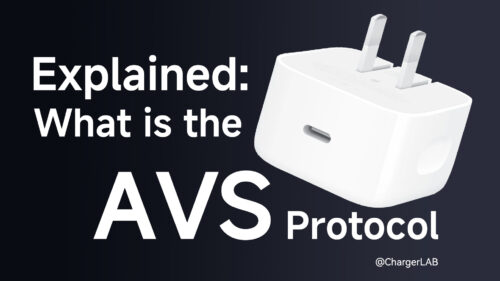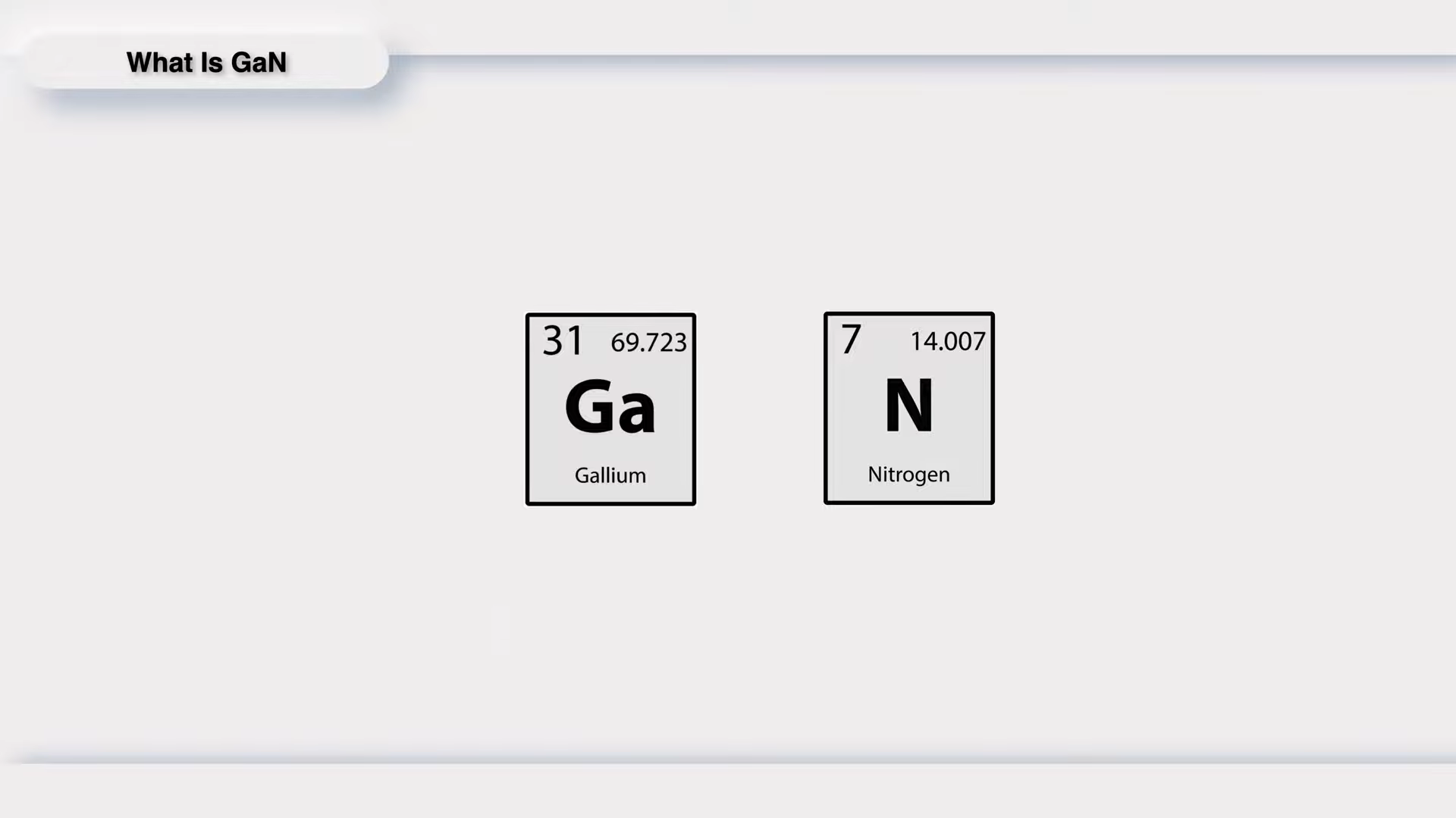Apple Watch, one of the most popular wearable devices in the market, offers various functions to meet users' different needs. However, users have complained about the slow charging process for quite a long time. Why does Apple Watch charge so slowly? In this article, we will explore the reasons behind the slow charging process of Apple Watch and the challenges to overcome.
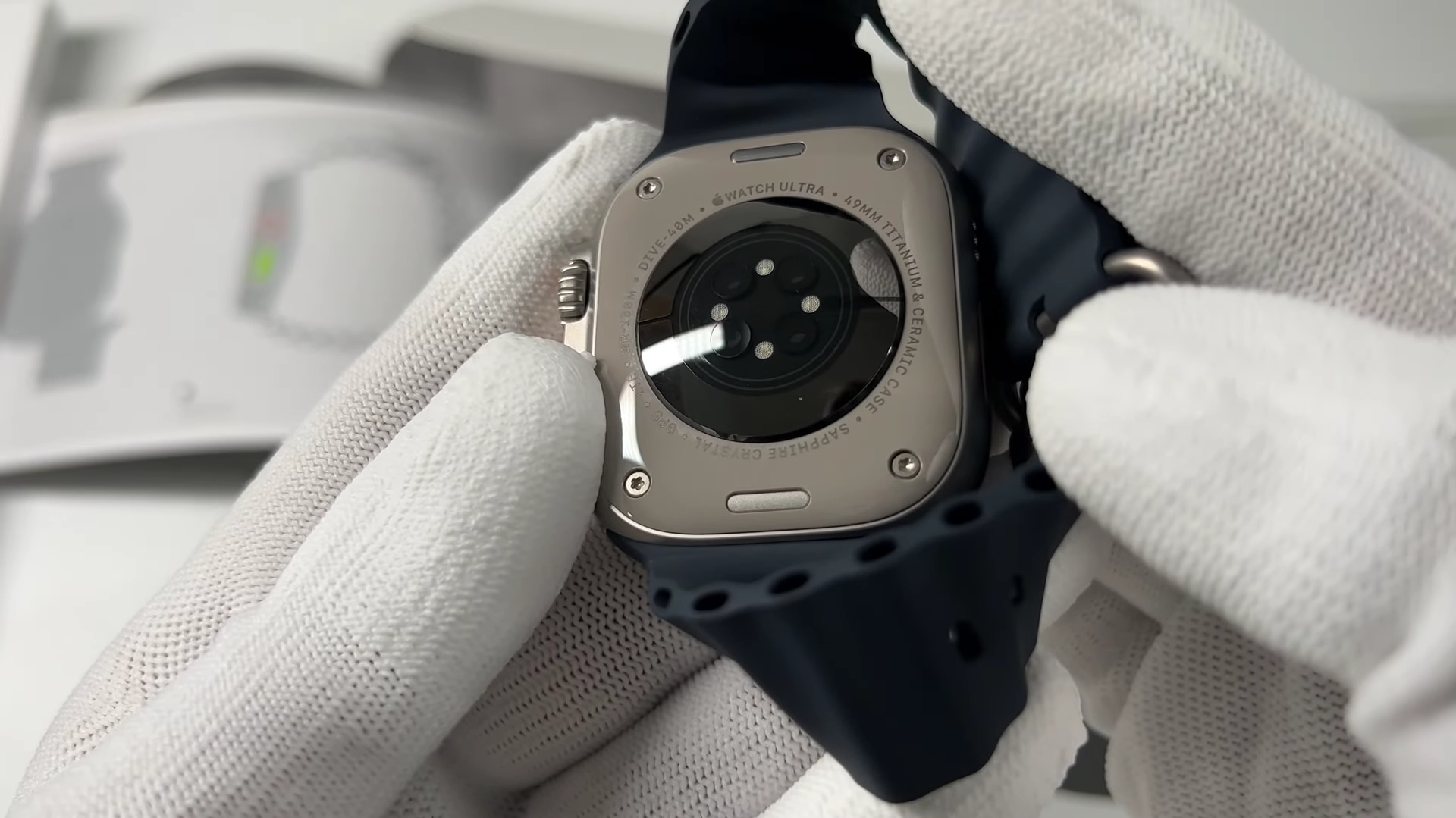
First of all, charging an Apple Watch with a USB-C port is impossible as it is too big for the device. Thus, wireless charging or pogo pin charging has become the more common method of charging Apple Watch.
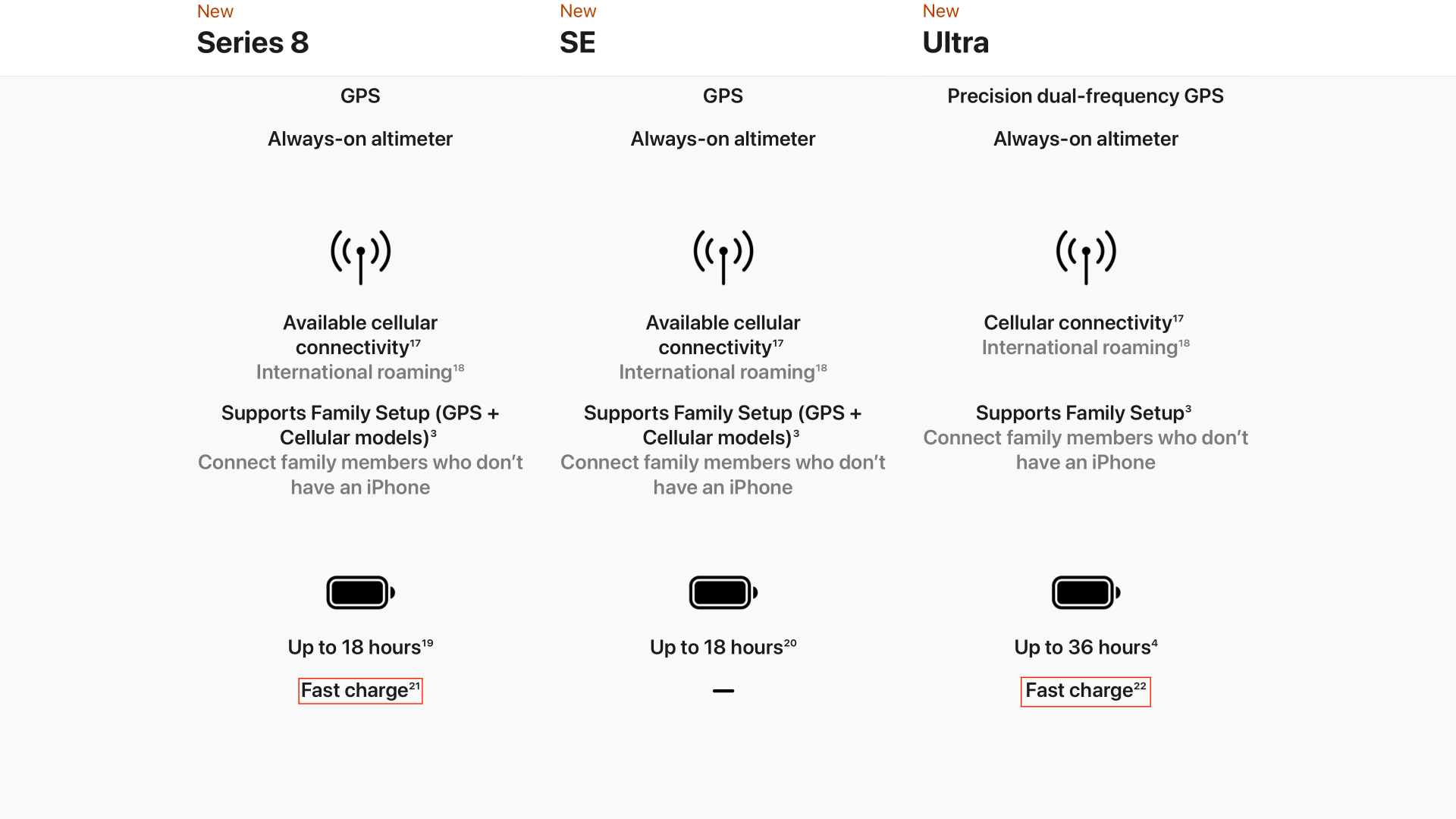
The Apple Watch charger shows it can only support 5V1A output, which has been regarded as "fast charging."
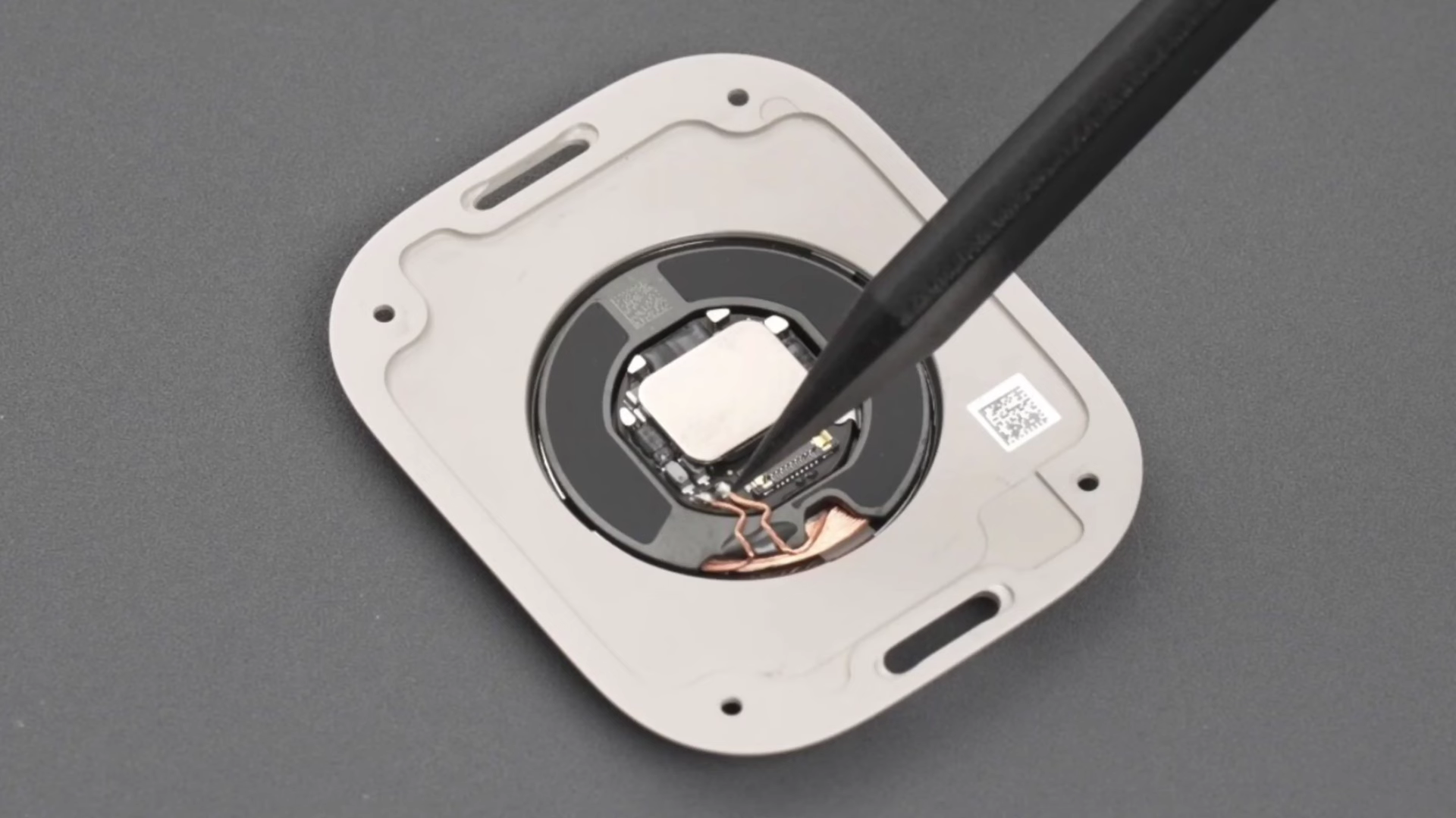
After taking apart the Apple Watch, we found the receiving coil inside is very thin and tiny, so the power transmission efficiency should be low.
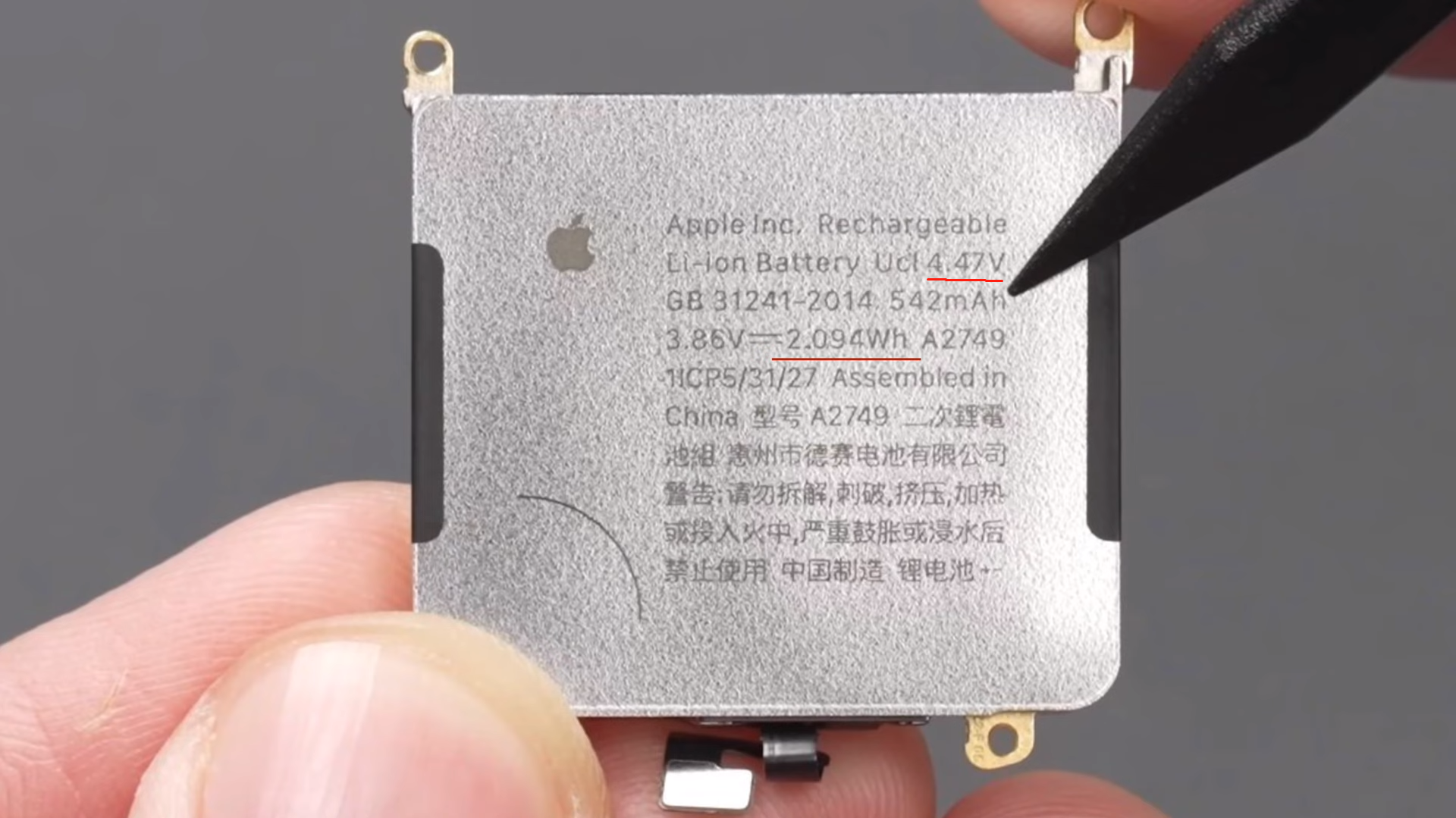
The largest battery among all Apple Watch models is the Ultra, at 2.094Wh, which belongs to the high-voltage, high-energy-density battery. Its full-charge voltage is 4.47V.
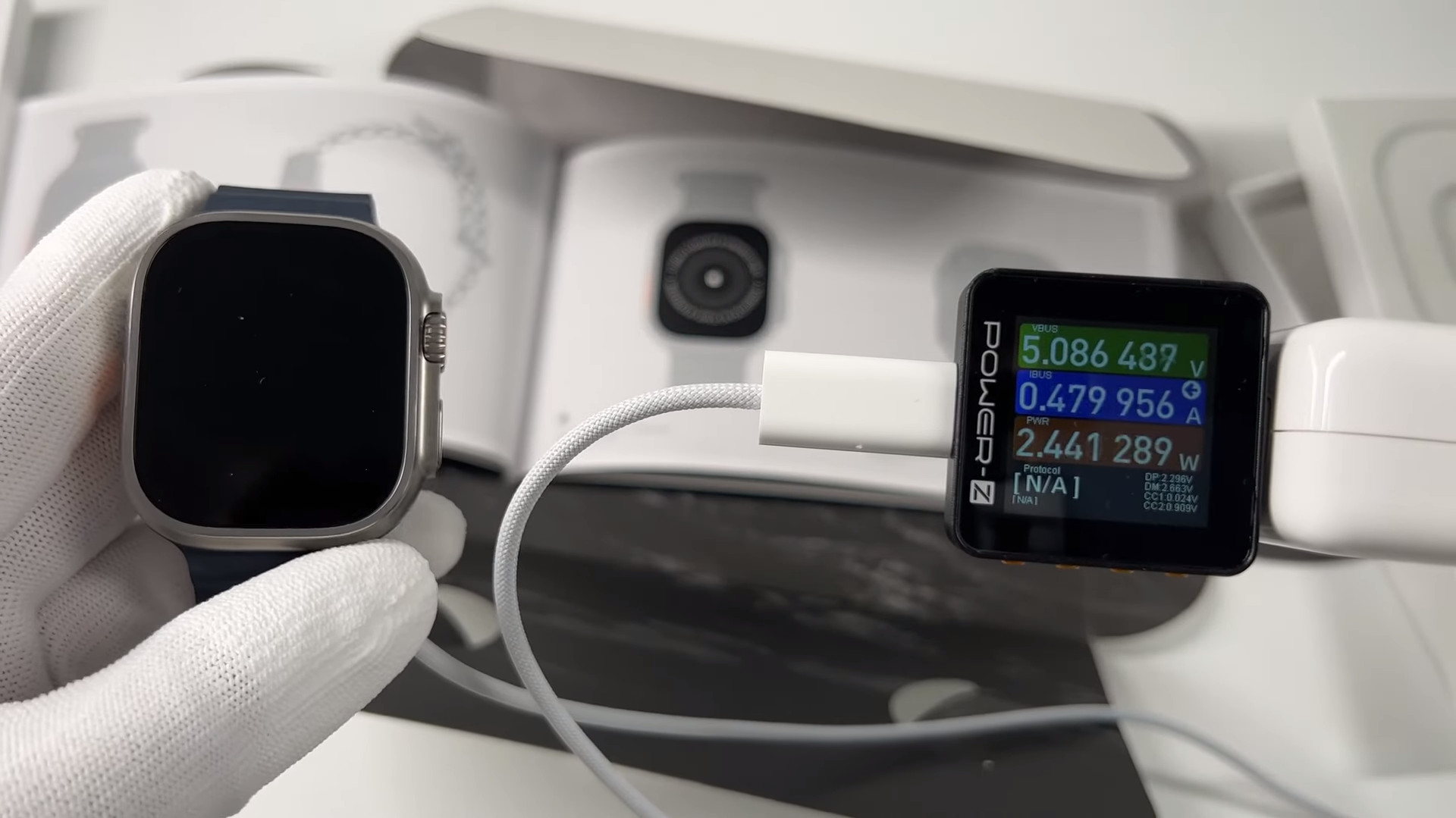
Let's use the POWER-Z to test its actual charging efficiency.
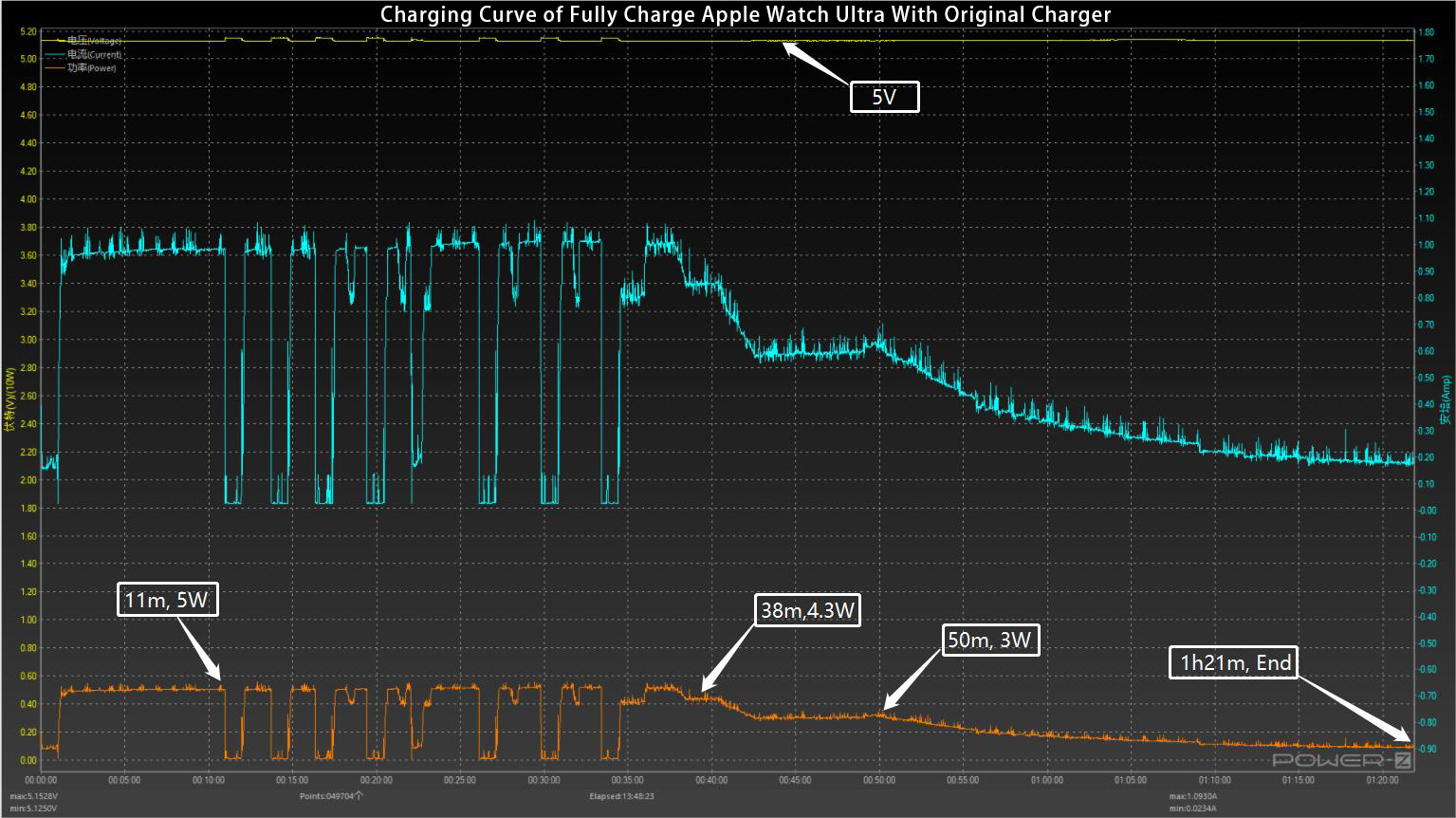
The power can be stabilized at about 5W for the first 11 mins.
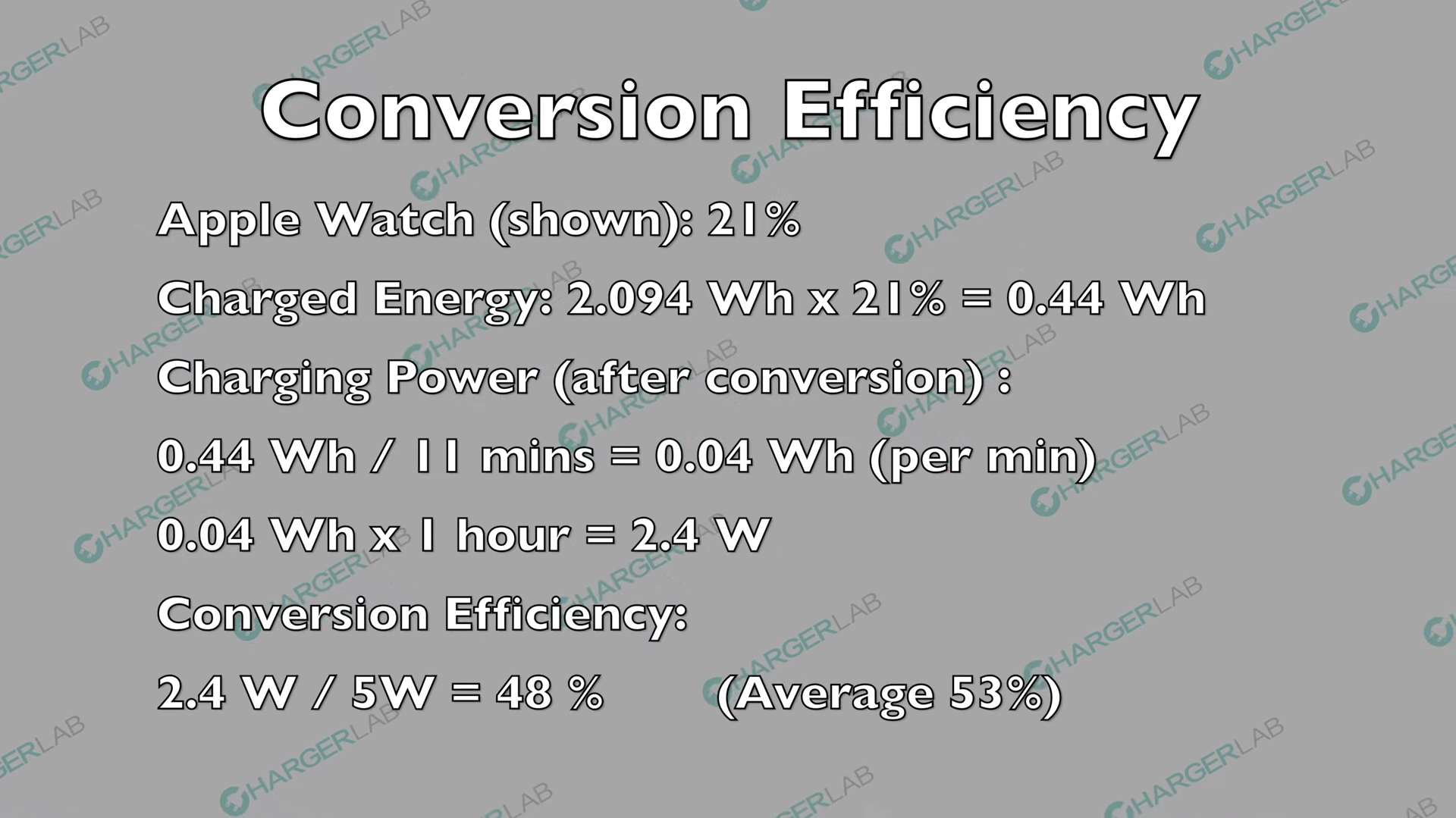
At this time, the Apple Watch shows that the battery is 21%, which means that the charged energy should be around 0.44Wh. And the actual charging power of the battery is about 2.4W. So, the power conversion efficiency is about 48%. And the average efficiency is about 53%.
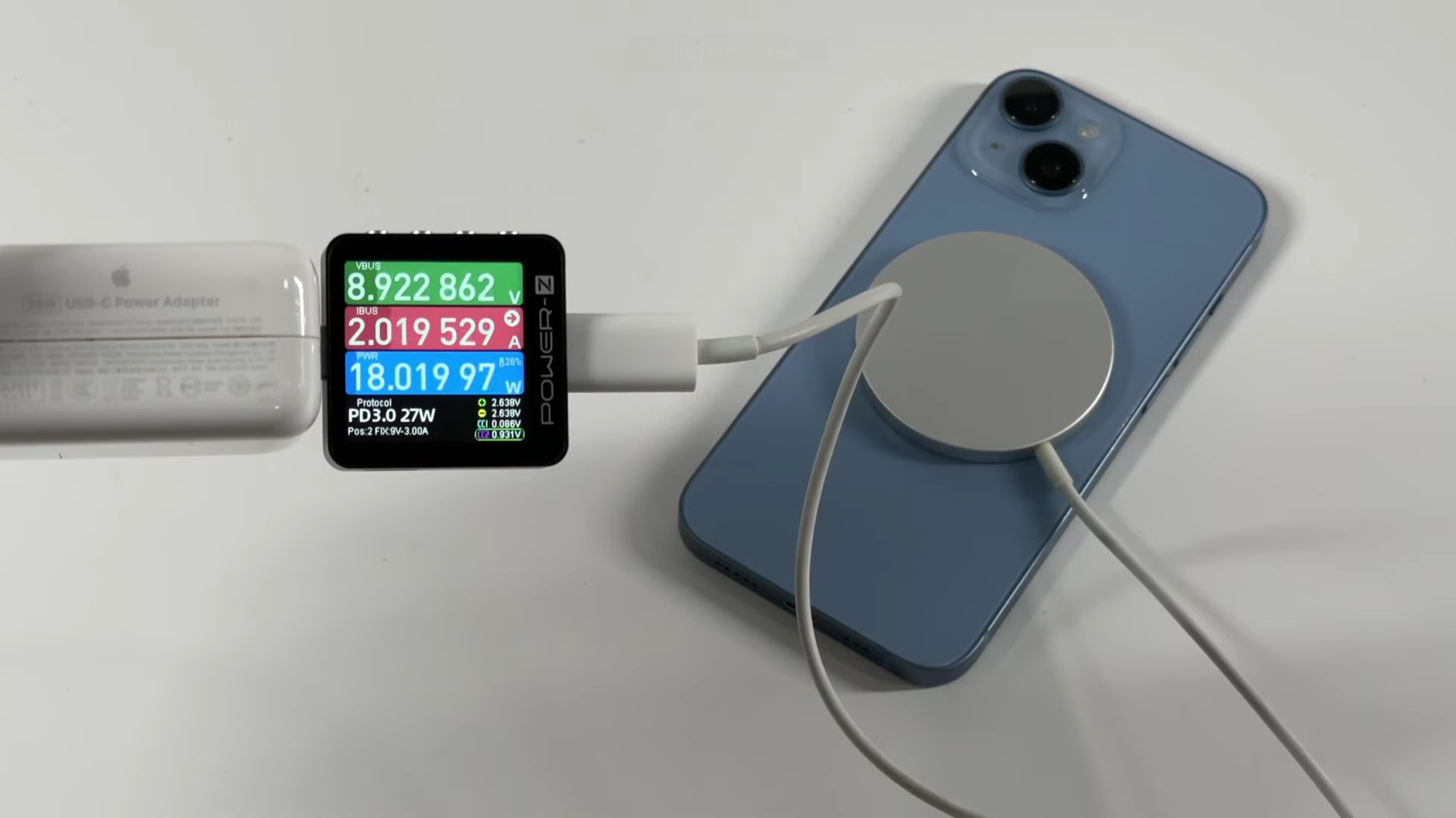
For comparison, the iPhone's wireless charging efficiency is about 60%.
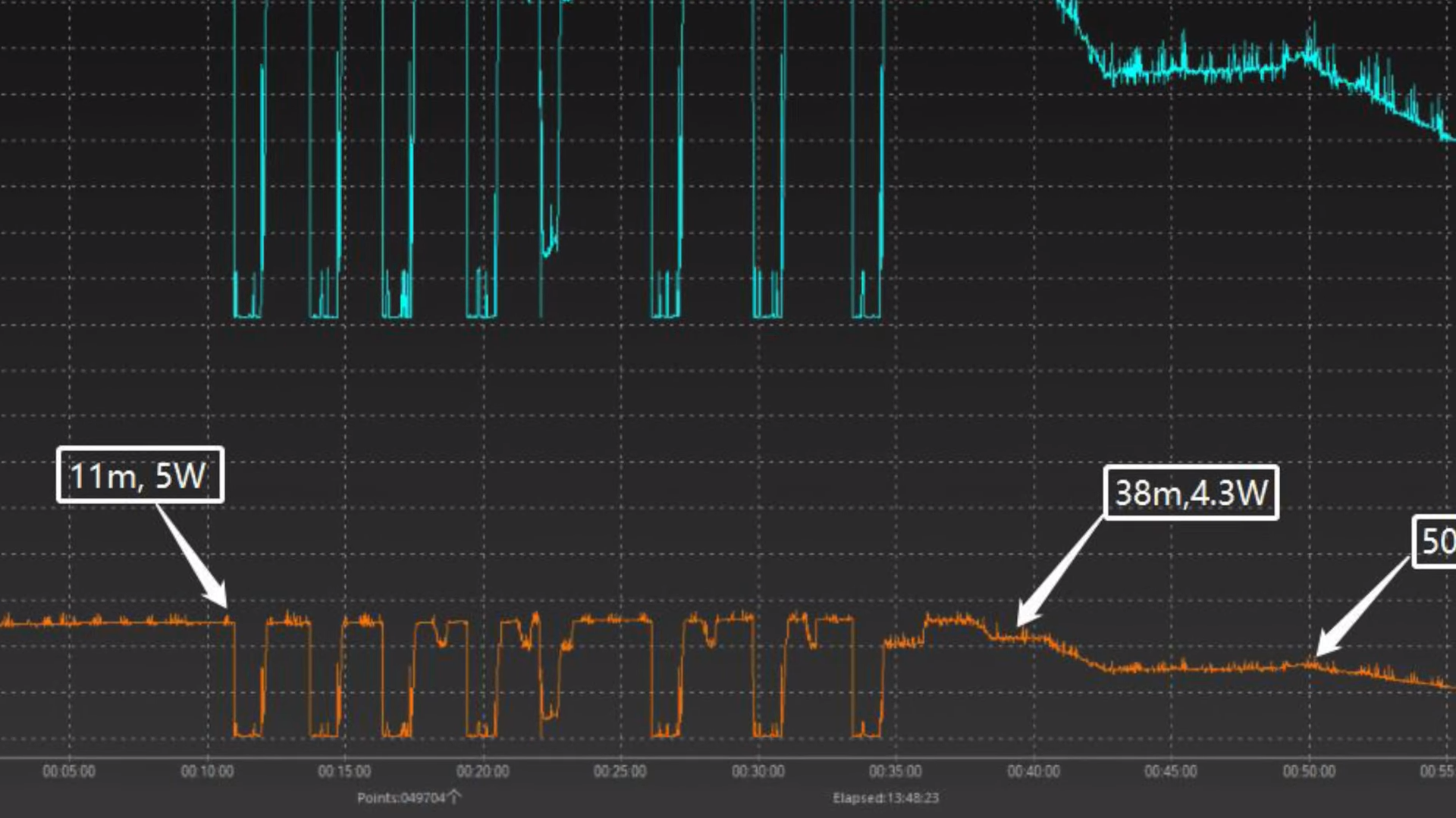
After 11 minutes, the power starts to fluctuate frequently. Sometimes even close to 0. It should be overheating protection.
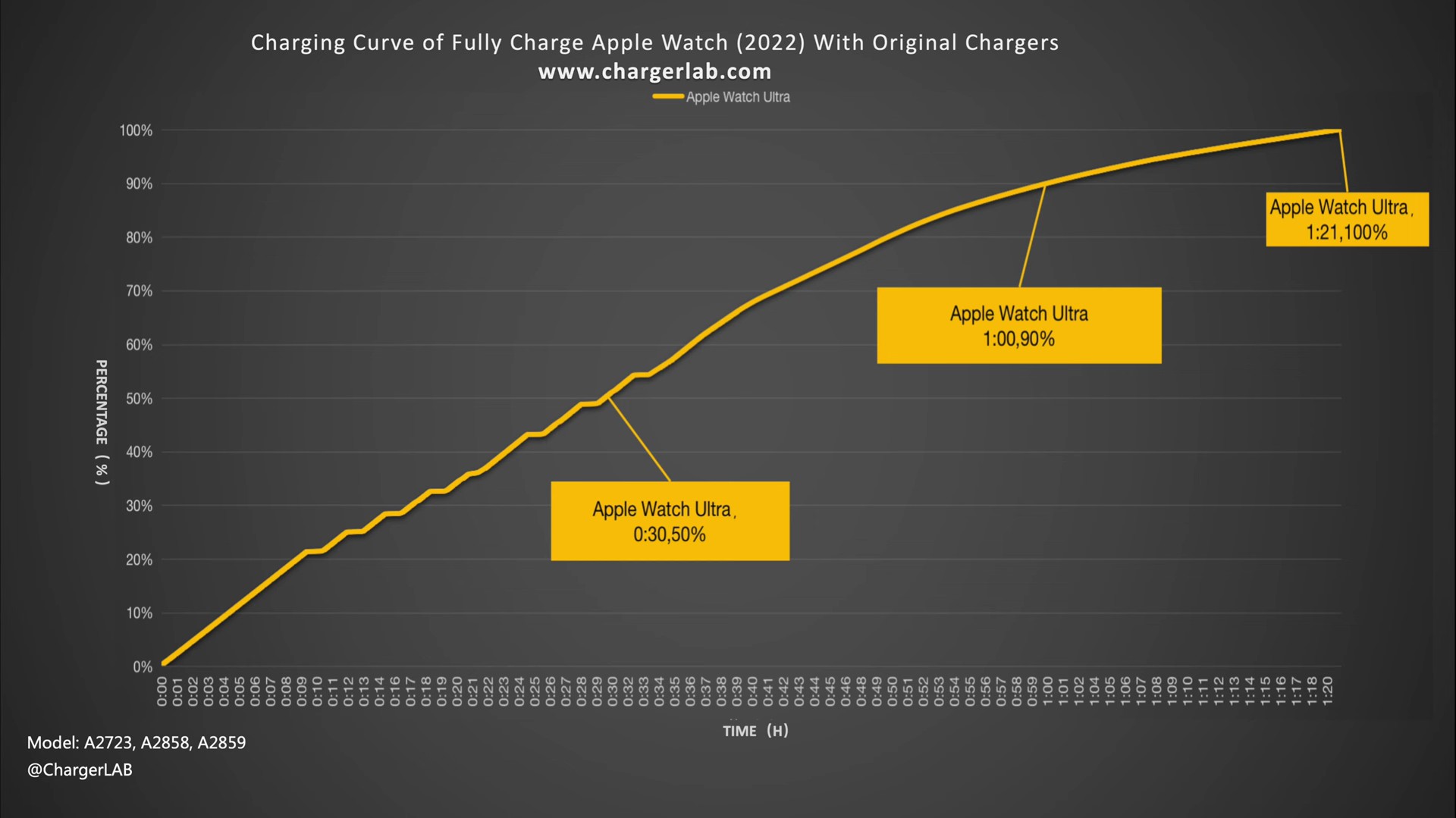
It can be charged to 50% in half an hour and 90% in 1 hour. And it takes 1 hour and 21 minutes to be fully charged.
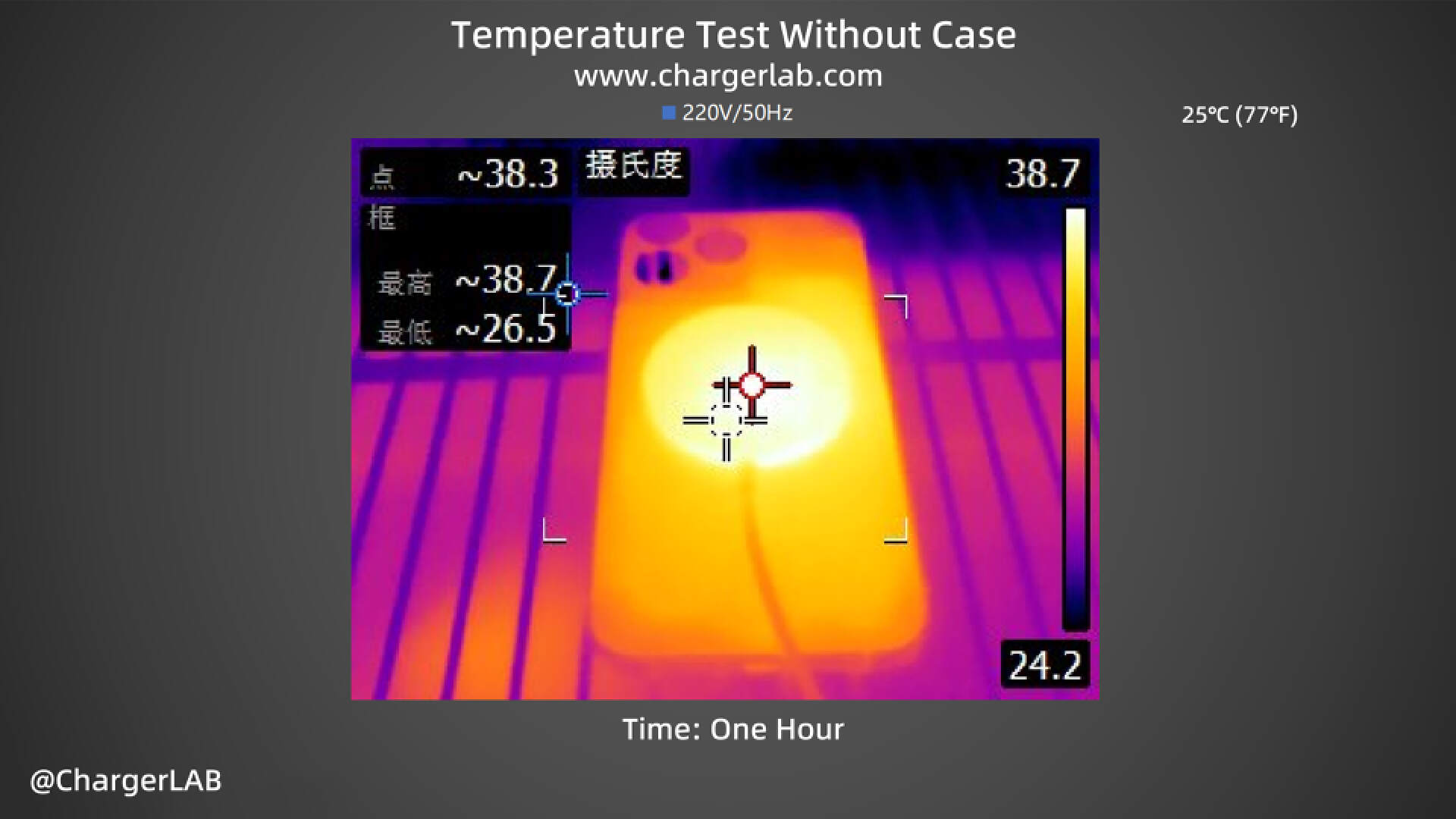
After the charging test, we have to say, the main reason for the low charging power of Apple Watch is the poor charging efficiency. In addition, the temperature is also very critical. A lot of energy will be converted into heat because of poor efficiency.
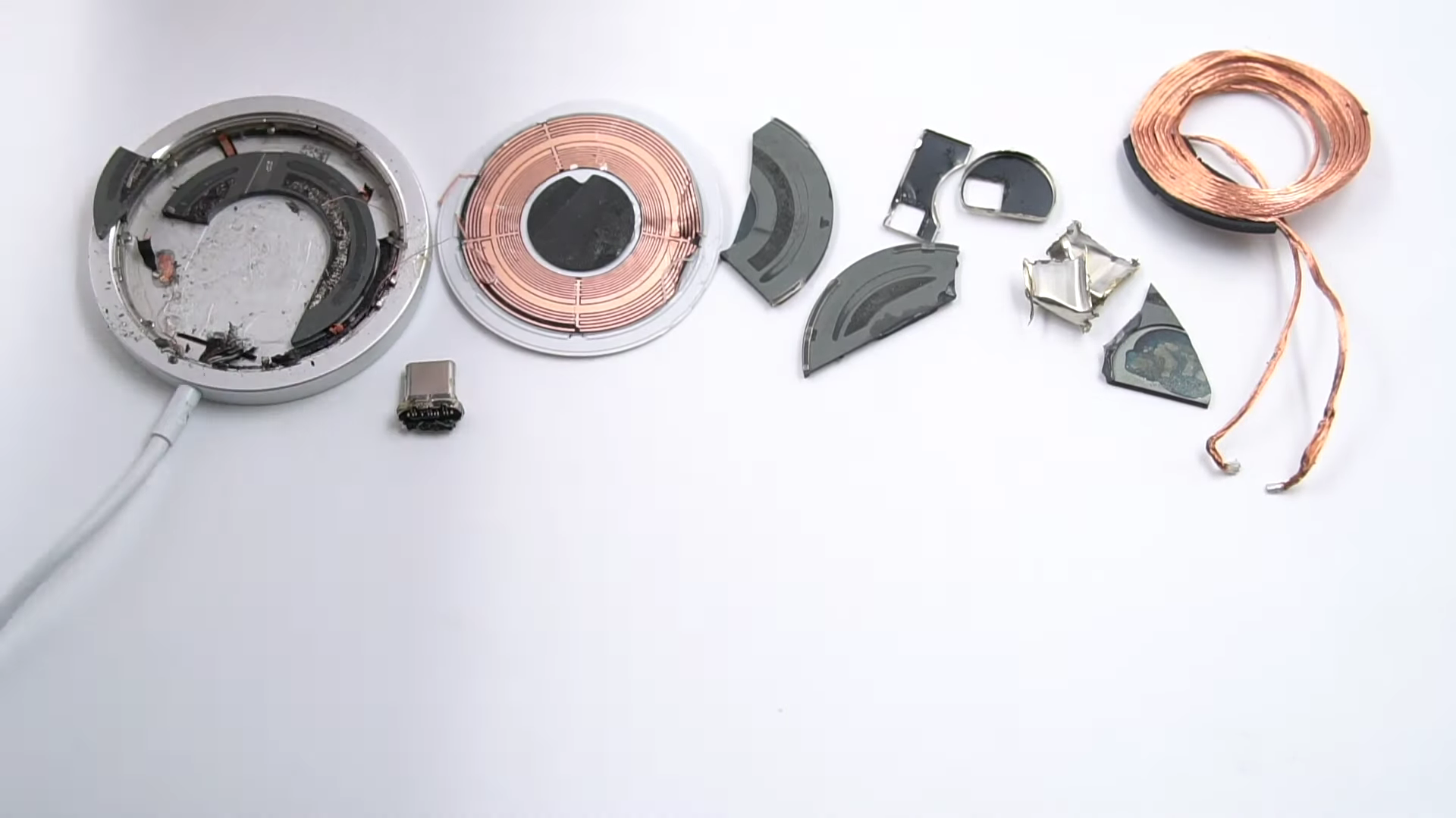
On one hand, if we forcibly increase the charging power, it will only make the charging pause more frequently, instead of speeding up the charging speed. On the other hand, if we increase the thickness of the coil or the voltage to increase the efficiency, the watch will be bigger and thicker, which is not suitable for a device that needs to be worn on our wrist every day.
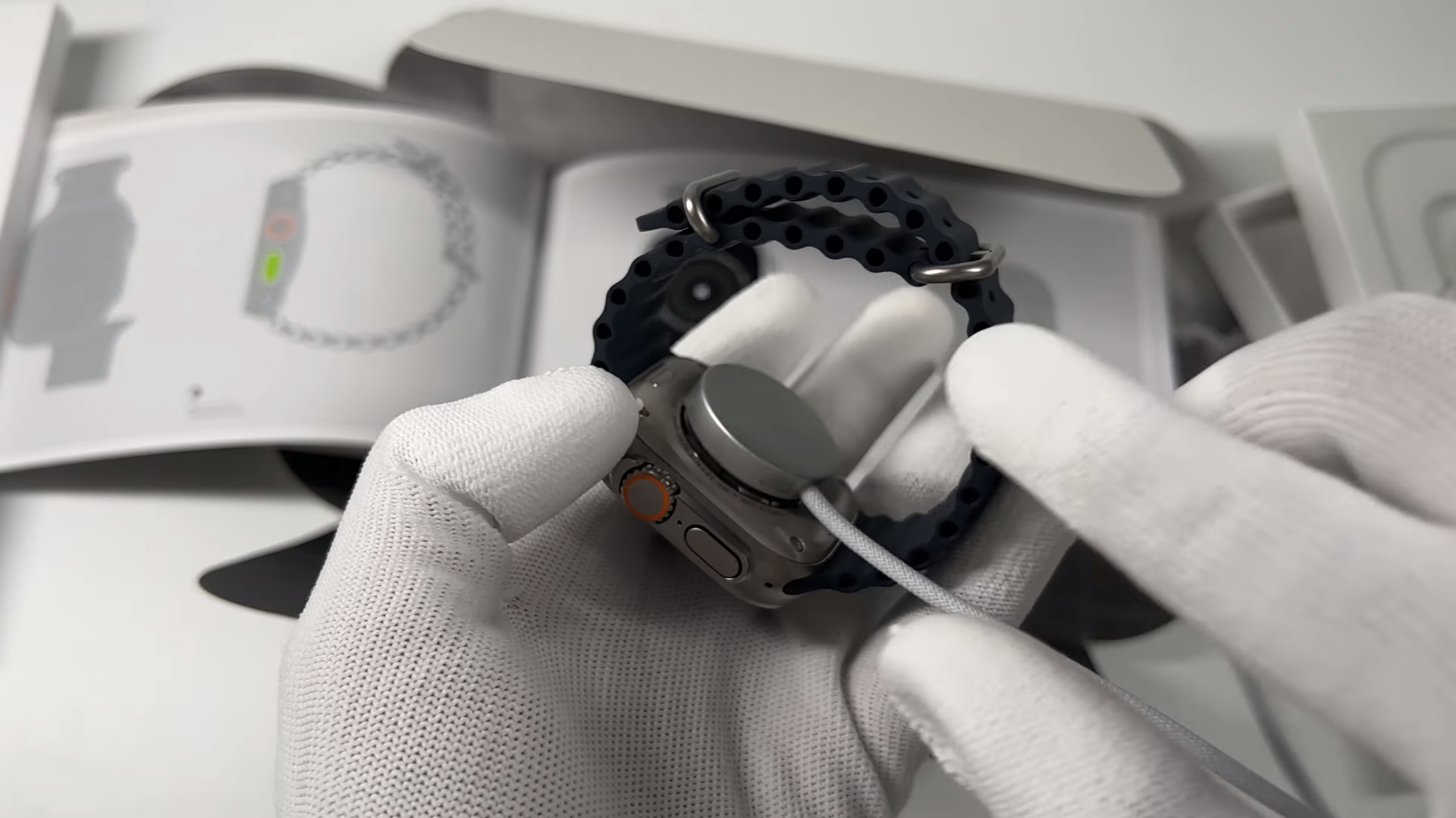
Summary of ChargerLAB
In conclusion, as devices become more portable while battery sizes are kept small, wireless charging efficiency and charging power remain low. Therefore, we hope that more advanced charging methods and battery materials will be developed to solve these problems in the near future.
Related Articles:
1. Apple Watch Ultra vs Series 8 vs SE 2 - Charging Review
2. Why iPhone Charges FASTER Than Android Phones With Third-Party Chargers?
3. Why Small Wearable Devices / Apple Watch Charges So Slowly?

